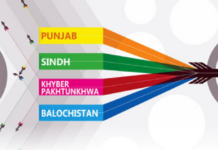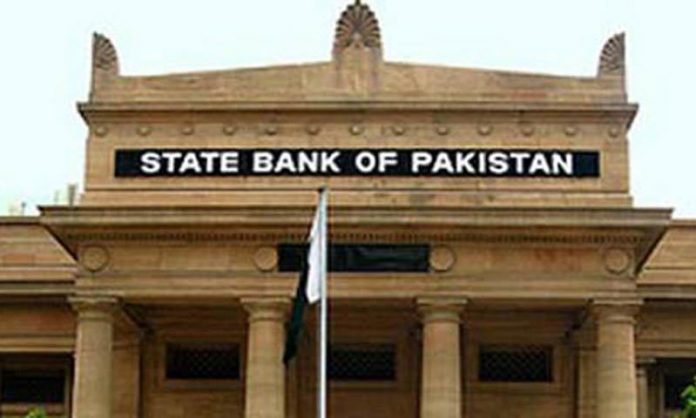The State Bank of Pakistan (SBP) has revised down its projection for economic activity in the current fiscal year 2025-26 (FY26), cutting the country’s gross domestic product (GDP) growth to around 3.25%, near the lower end of its earlier forecast of 3.25% to 4.25%.
The downgrade follows widespread flooding that has hit major Kharif crops — including cotton, sugarcane, rice, maize, millet, and pulses such as moong and mash — and disrupted supply chains. The central bank warned these shocks could also slow manufacturing and services in the near term.
At the same time, SBP noted that Rabi crop prospects, particularly for wheat, have improved due to the likelihood of better post-flood yields, which could partly offset the agricultural setback.
Despite the weaker growth outlook, SBP said high-frequency indicators such as large-scale manufacturing (LSM) have shown further momentum. Still, the near-term macroeconomic picture has “deteriorated slightly,” with the floods likely to push up headline inflation and widen the current account deficit (CAD) beyond the earlier expected ranges of 5–7% and 0–1% of GDP, respectively.
On the fiscal side, the Federal Board of Revenue (FBR) fell marginally short of its July–August 2025 collection target, though receipts grew significantly year-on-year.
In external trade, SBP highlighted that the revised import tariffs announced by the US have helped reduce global trade uncertainty.
Meanwhile, foreign exchange (FX) reserves remained stable at $14.3 billion as of September 5, despite net debt repayments and a CAD. With the realisation of planned official inflows, reserves are projected to rise to $15.5 billion by December 2025.
The bank cautioned, however, that the external sector remains vulnerable to both global conditions and domestic flood-related crop losses, which may widen the trade deficit. These risks, it added, could be partly cushioned by Pakistan’s improved market access to the US and resilient remittances, which historically increase during disaster episodes.
Survey results from September showed that inflation expectations among consumers and businesses edged higher compared to the previous month.























